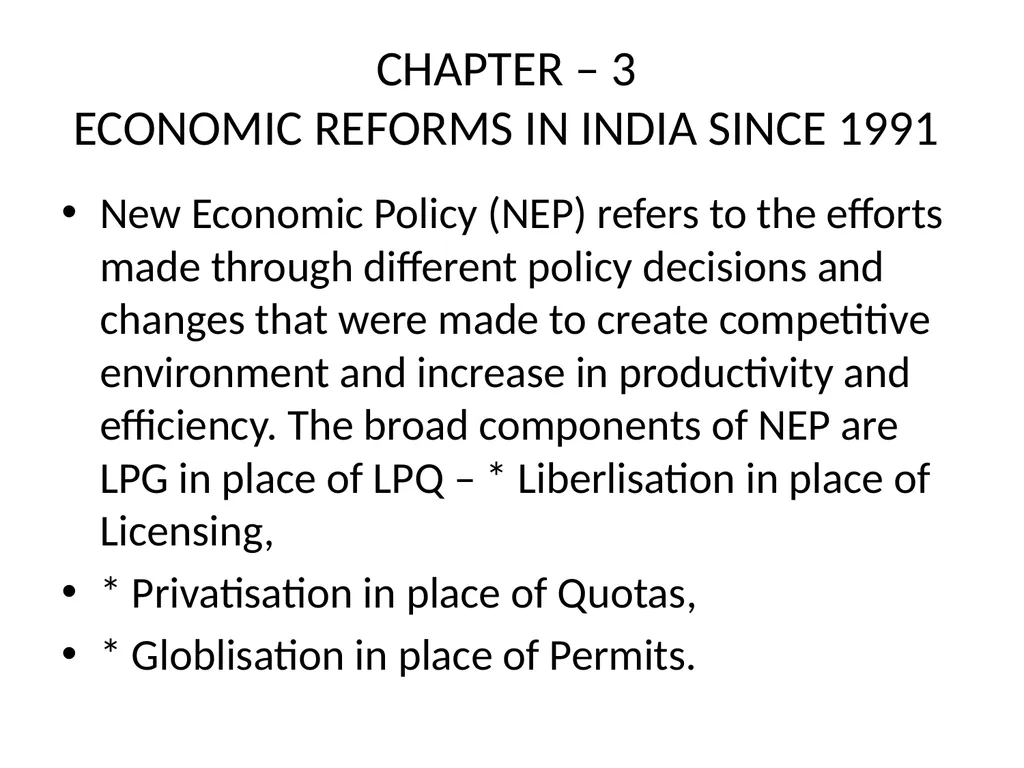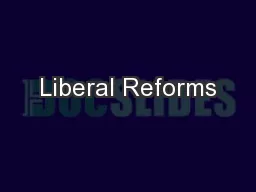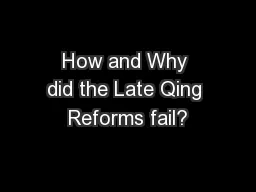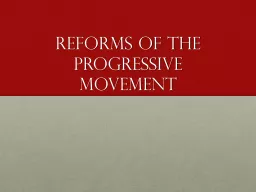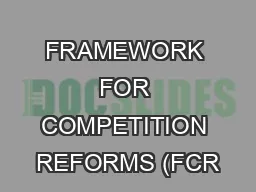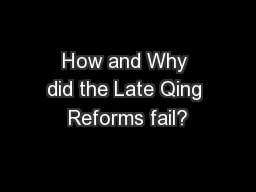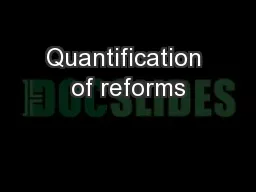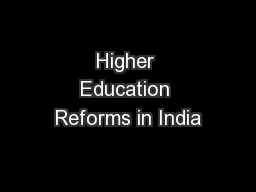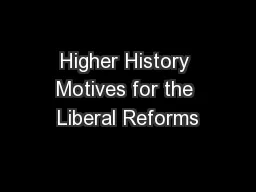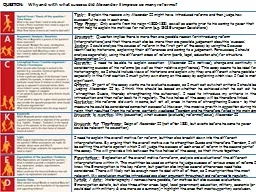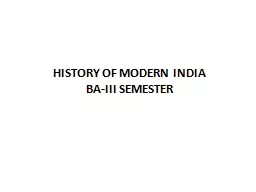CHAPTER – 3 ECONOMIC REFORMS IN INDIA SINCE 1991
Author : conchita-marotz | Published Date : 2025-06-23
Description: CHAPTER 3 ECONOMIC REFORMS IN INDIA SINCE 1991 New Economic Policy NEP refers to the efforts made through different policy decisions and changes that were made to create competitive environment and increase in productivity and
Presentation Embed Code
Download Presentation
Download
Presentation The PPT/PDF document
"CHAPTER – 3 ECONOMIC REFORMS IN INDIA SINCE 1991" is the property of its rightful owner.
Permission is granted to download and print the materials on this website for personal, non-commercial use only,
and to display it on your personal computer provided you do not modify the materials and that you retain all
copyright notices contained in the materials. By downloading content from our website, you accept the terms of
this agreement.
Transcript:CHAPTER – 3 ECONOMIC REFORMS IN INDIA SINCE 1991:
CHAPTER – 3 ECONOMIC REFORMS IN INDIA SINCE 1991 New Economic Policy (NEP) refers to the efforts made through different policy decisions and changes that were made to create competitive environment and increase in productivity and efficiency. The broad components of NEP are LPG in place of LPQ – * Liberlisation in place of Licensing, * Privatisation in place of Quotas, * Globlisation in place of Permits. 1. Need for Economic Reforms Problems facing Economy – (i) Unsatisfactory performance of public sector, (ii) High rate of inflation, (iii) Increasing debt burden, (iv) Problem of balance of payment. 1.2 Immediate crisis – (i) Gulf crisis, (ii) Inadequate Foreign Exchange Reserves. 1.3 Measures (i) Stablization Measures (ii) Structural Reforms Measures 2. Main components of New Economic Policy (i) New Industrial Policy, (ii) New trade policy, (iii) New fiscal policy, (iv) New monetary policy, (v) New investment policy, (vi) Globalisation of finance. 3. Main Phases of New Economic Policy (i) Liberalisation, (ii) Privatisation, and (iii) Globalisation. 4. LIBERLISATION Liberalisation means removing all unnecessary controls and restrictions like permits, licenses, protectionist duties, etc., imposed by the government 4.1 Measures adopted for Liberalisation (A) Soft Liberalisation policy (1985-1991) The era of liberalisation started with the period of Rajiv Gandhi, the then Prime Minister, in 1985. In this period of modernization, a large number of incentives and exemptions were granted. (B) Extensive Liberalisation Policy [After 1991 period] (i) Liberalised licensing policy, (ii) Expansion of industries, (iii) Concession from Monopolies, (iv) Extending investment limits for small industries, (v) Free import of machinery and Raw materials, (vi) Freedom to import technology, (vii) Freedom to financial institution, (viii) Reduction in Tax rates. 4.2 Industrial Sector Reforms (i) Abolition of Industrial Licensing, (ii) Decrease in role of Public Sector, (iii) De-reservation of Production by SSI, (iv) Price Determination by market forces, (v) Freedom to Import Capital Goods, (v) Expansion of Production Capacity. 4.3 Financial Sector Reforms (i) Role of RBI changed from Regulator to Facilitator, (ii) Establishment of Private Sector Bank, (iii) Foreign Investment, (iv) Setting up New Branches. 4.4 Tax Reforms / Fiscal Sector Reforms (i) Reduction in Direct Taxes, (ii) Reform in Indirect taxes, (iii) Simplification of Tax Paying Procedure, (iv) Goods and Service Tax. 4.5 External Sector Reforms / Foreign Exchange Reforms / Foreign Trade Reforms (i) Devaluation of Rupee, (ii) Determination of Foreign Exchange Rate Market Forces. 4.6 Trade and Investment Policy reforms (i) Dismantling of
